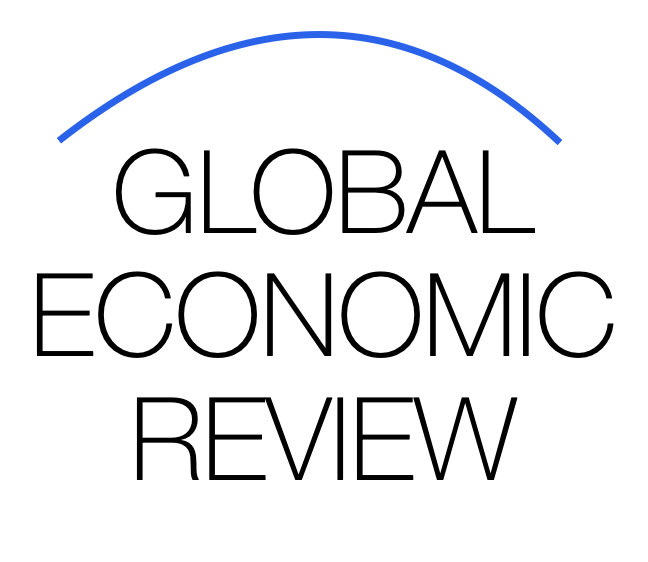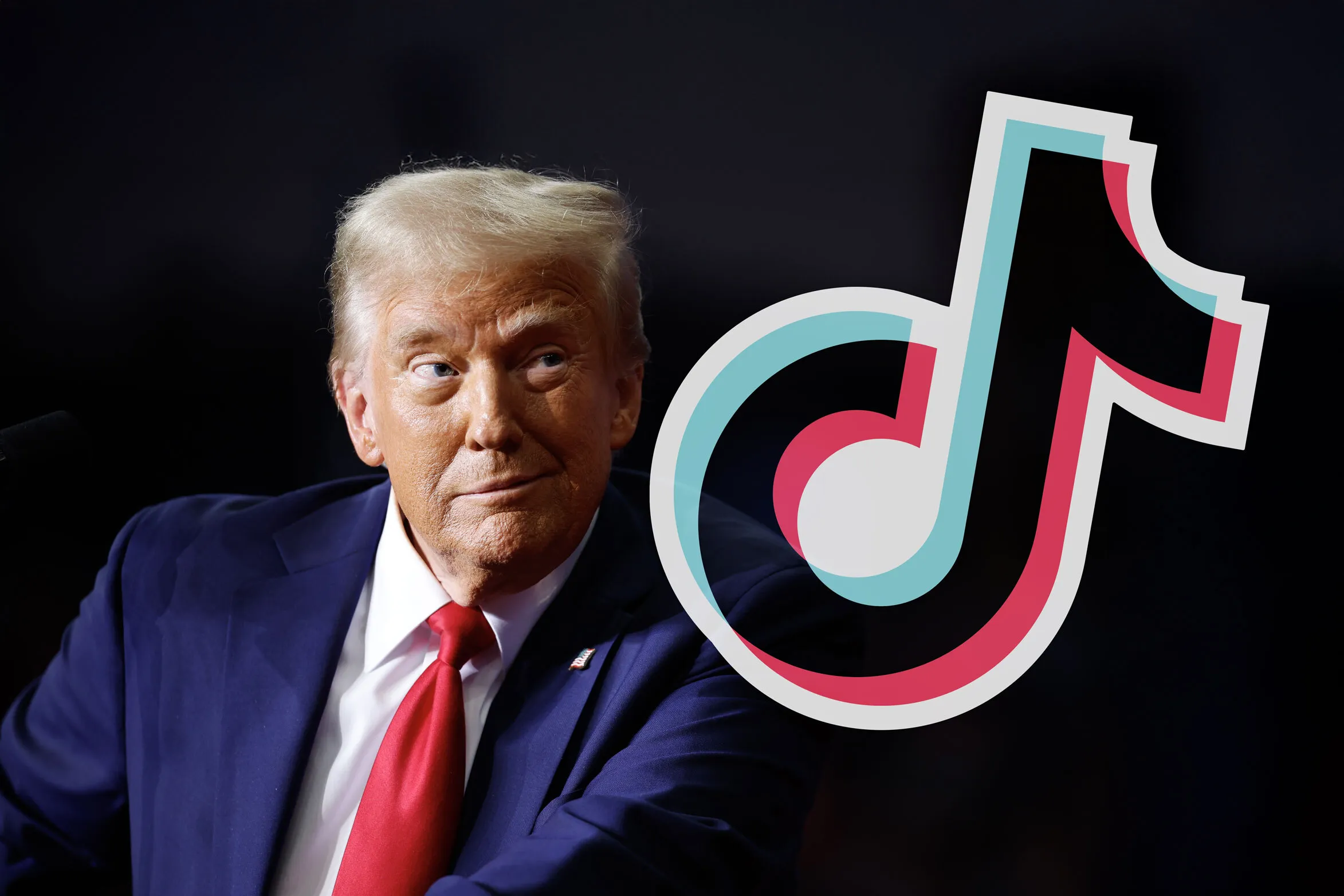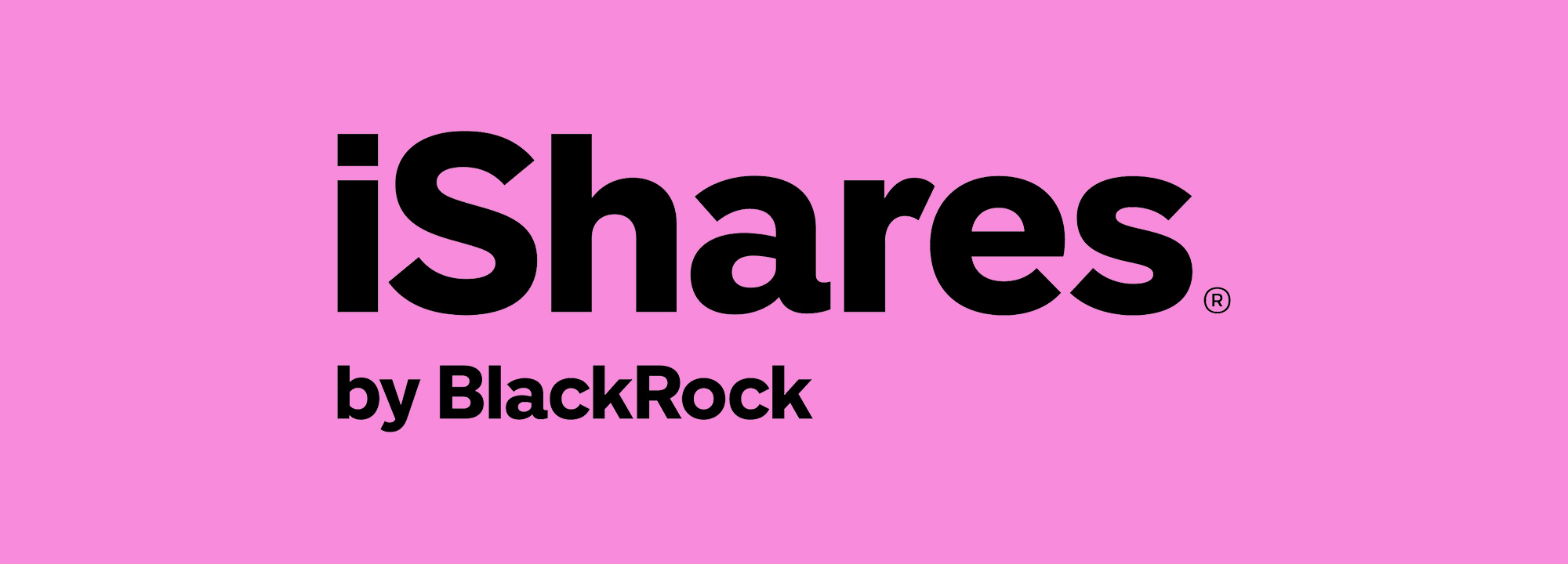The $8.1 Billion Shadow AI Economy Shows CEOs Are Measuring the Wrong Things

Artificial intelligence is transforming business at a pace that many executives struggle to grasp. Behind the headlines about cutting-edge AI tools and automation lies a shadow economy worth an estimated $8.1 billion, revealing a critical disconnect: while Fortune 500 CEOs focus on traditional performance metrics, the real action—and risk—may be happening off the official books.
What Is the Shadow AI Economy?
The term “shadow AI economy” refers to the widespread, often unmonitored adoption of AI tools within organizations. These are the projects, prototypes, and software implementations that operate outside formal IT governance, budgets, or reporting structures.
Unlike sanctioned AI initiatives, these shadow efforts are:
- Rapidly implemented by departments or teams without full executive oversight.
- Often low-cost or free tools, ranging from GPT-powered automation to specialized analytics scripts.
- Designed to bypass slow approval processes, allowing employees to solve immediate problems quickly.
Estimates suggest that the shadow AI economy is already worth $8.1 billion globally, fueled by subscription services, cloud compute, and consulting support—money flowing outside traditional corporate planning channels.
Why CEOs Are Missing the Signal
Many Fortune 500 executives evaluate technology adoption based on budget allocations, official project pipelines, and ROI projections. But the rise of shadow AI demonstrates a crucial flaw in this approach:
- Focus on Cost Over Value: Traditional metrics often emphasize spend, not the impact of small-scale, decentralized AI applications that can dramatically improve efficiency.
- Underestimating Employee Innovation: Staff across departments are implementing AI solutions that accelerate workflows, improve decision-making, and uncover hidden insights—often without IT or executive approval.
- Lag Between Strategy and Execution: While executives design long-term AI strategies, the real innovation happens at the edges of the organization, creating a gap between leadership perception and operational reality.
As one AI strategist explained: “The shadow AI economy isn’t a rebellion—it’s a symptom. Employees are moving faster than executives can measure, deploy, or govern AI. That $8.1 billion is proof that companies are missing enormous value because they’re looking at the wrong indicators.”
The Risks of Ignoring Shadow AI
While the shadow AI economy represents opportunity, it also introduces significant risk:
- Data Security: Unsanctioned tools may store sensitive information on insecure platforms.
- Compliance: Shadow AI could violate regulations, particularly in finance, healthcare, and other regulated sectors.
- Integration Challenges: Independent AI solutions may not align with existing systems, leading to inefficiencies or errors.
Executives who fail to recognize these risks—and the value of the shadow economy—may find their organizations falling behind competitors who embrace a more holistic understanding of AI adoption.
Why It’s Not Just Rebellion
Some analysts characterize shadow AI as a form of employee rebellion: staff circumventing bureaucracy to get work done. But the reality is more nuanced:
- Shadow AI is often solution-driven, not political.
- It reflects organizational needs unmet by slow-moving, centralized AI strategies.
- The $8.1 billion market indicates serious investment by employees and small teams, suggesting this is not a trivial phenomenon.
In essence, the shadow AI economy is a signal that executives should rethink what they measure and value in digital transformation.
Rethinking Metrics for the AI Era
To capture the full potential of AI, CEOs and boards must move beyond traditional KPIs:
- Measure Outcomes, Not Spend: Focus on how AI affects productivity, innovation, and decision speed rather than simply the cost of IT projects.
- Map Informal Adoption: Track where employees are implementing AI tools, even unofficially, to identify scalable successes and potential risks.
- Encourage Responsible Experimentation: Establish governance frameworks that allow shadow AI projects to flourish safely, rather than shutting them down.
- Invest in Culture, Not Just Technology: Empower employees to innovate while providing oversight, training, and ethical guidelines.
The Road Ahead
The shadow AI economy demonstrates that innovation rarely waits for formal approval. Companies that ignore the $8.1 billion signal risk being blindsided, while those that embrace decentralized experimentation may gain significant competitive advantage.
CEOs who continue to rely on old metrics may find that their organizations lag behind more agile, data-driven competitors. In a world increasingly shaped by AI, the real question isn’t whether to adopt the technology—it’s how to measure, manage, and integrate the innovation happening right under their noses.




















